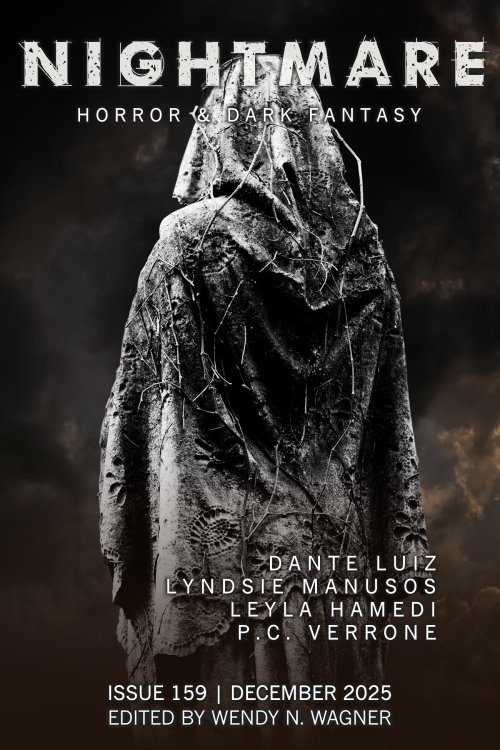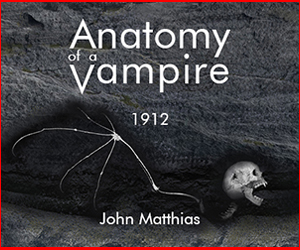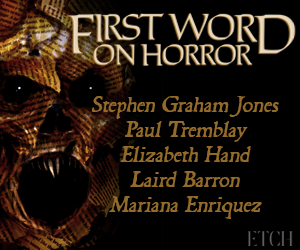Nonfiction
The H Word: Proof of Afterlife
We’ve been fascinated by ghost photography since the 1860s, when Victorian-era photographers began to find evidence (of spirits or of double-exposure) in their work. At the time there was also a fascination with death photography, those utterly heart-breaking and deeply disturbing photographs of dead loved ones propped up for one last picture. Were the bereaved hoping to catch a glimpse of the soul in those photographs? Then, as now, people were looking for proof that ghosts exist. Because if ghosts exist, then the soul does.








